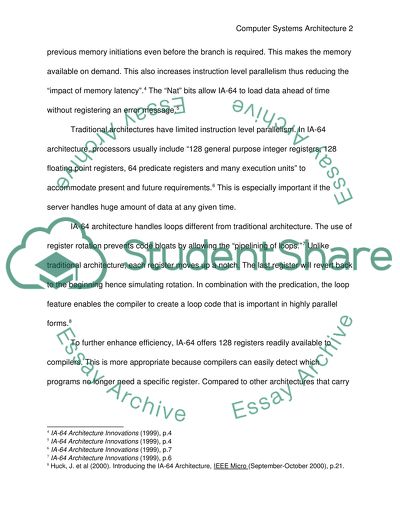Cite this document
(Further Computer Systems Architecture Assignment, n.d.)
Further Computer Systems Architecture Assignment. Retrieved from https://studentshare.org/technology/1541275-further-computer-systems-achitecture
Further Computer Systems Architecture Assignment. Retrieved from https://studentshare.org/technology/1541275-further-computer-systems-achitecture
(Further Computer Systems Architecture Assignment)
Further Computer Systems Architecture Assignment. https://studentshare.org/technology/1541275-further-computer-systems-achitecture.
Further Computer Systems Architecture Assignment. https://studentshare.org/technology/1541275-further-computer-systems-achitecture.
“Further Computer Systems Architecture Assignment”, n.d. https://studentshare.org/technology/1541275-further-computer-systems-achitecture.


